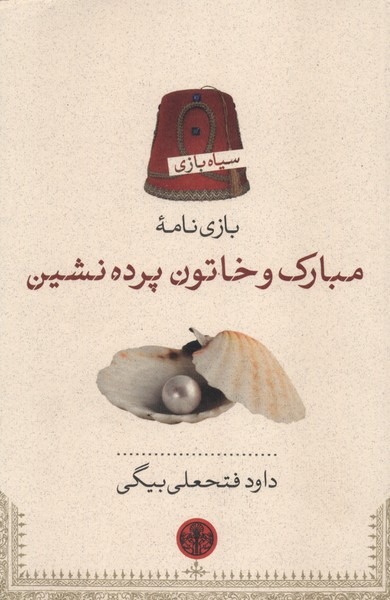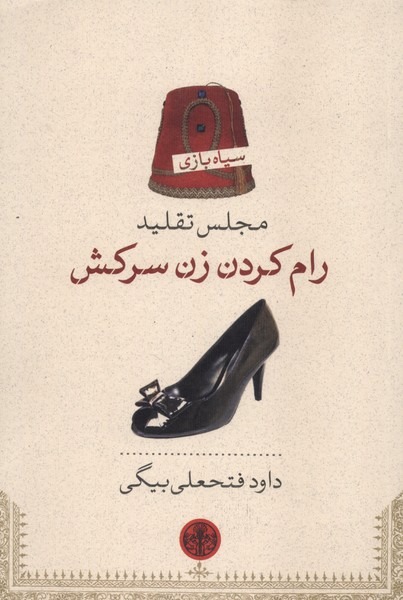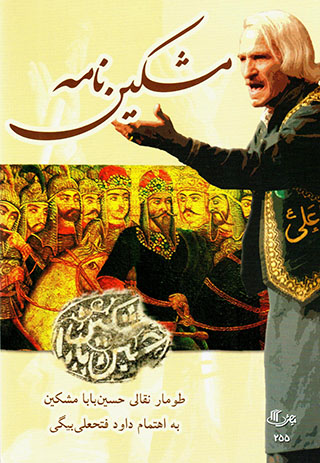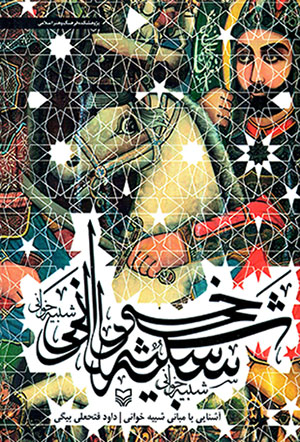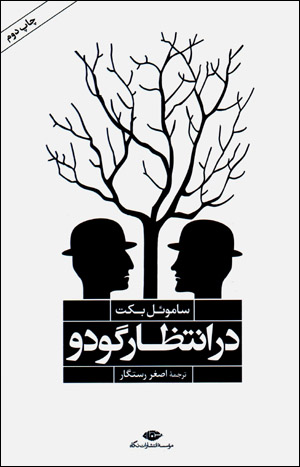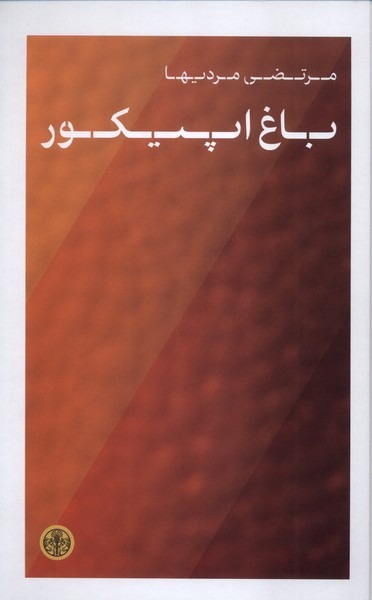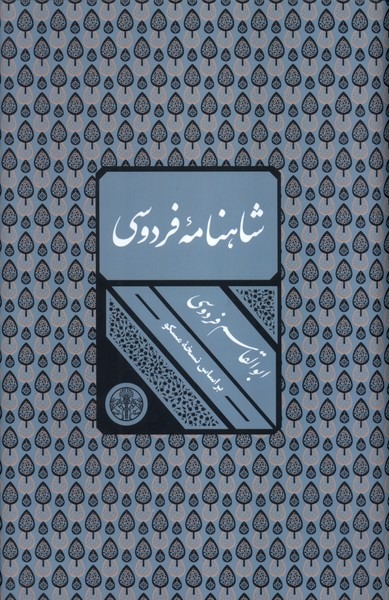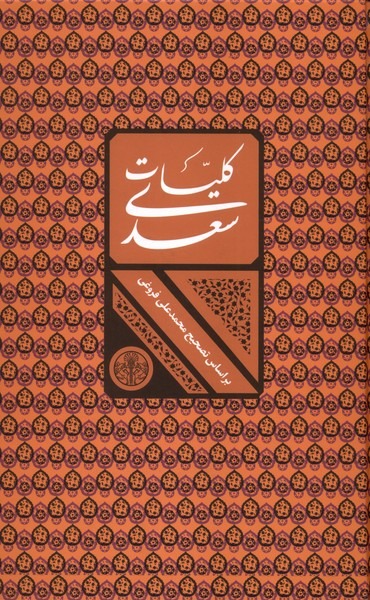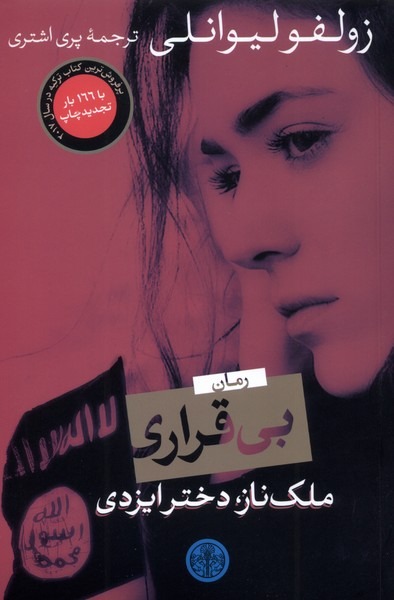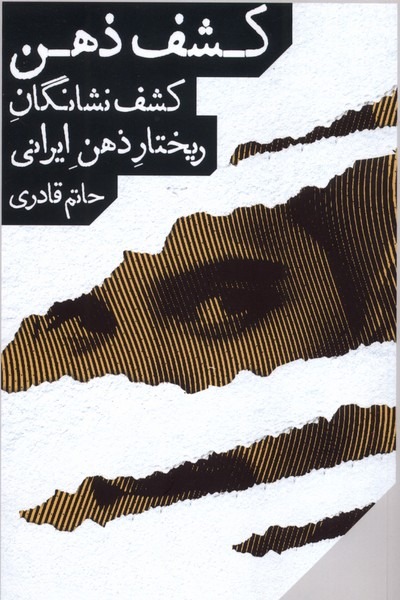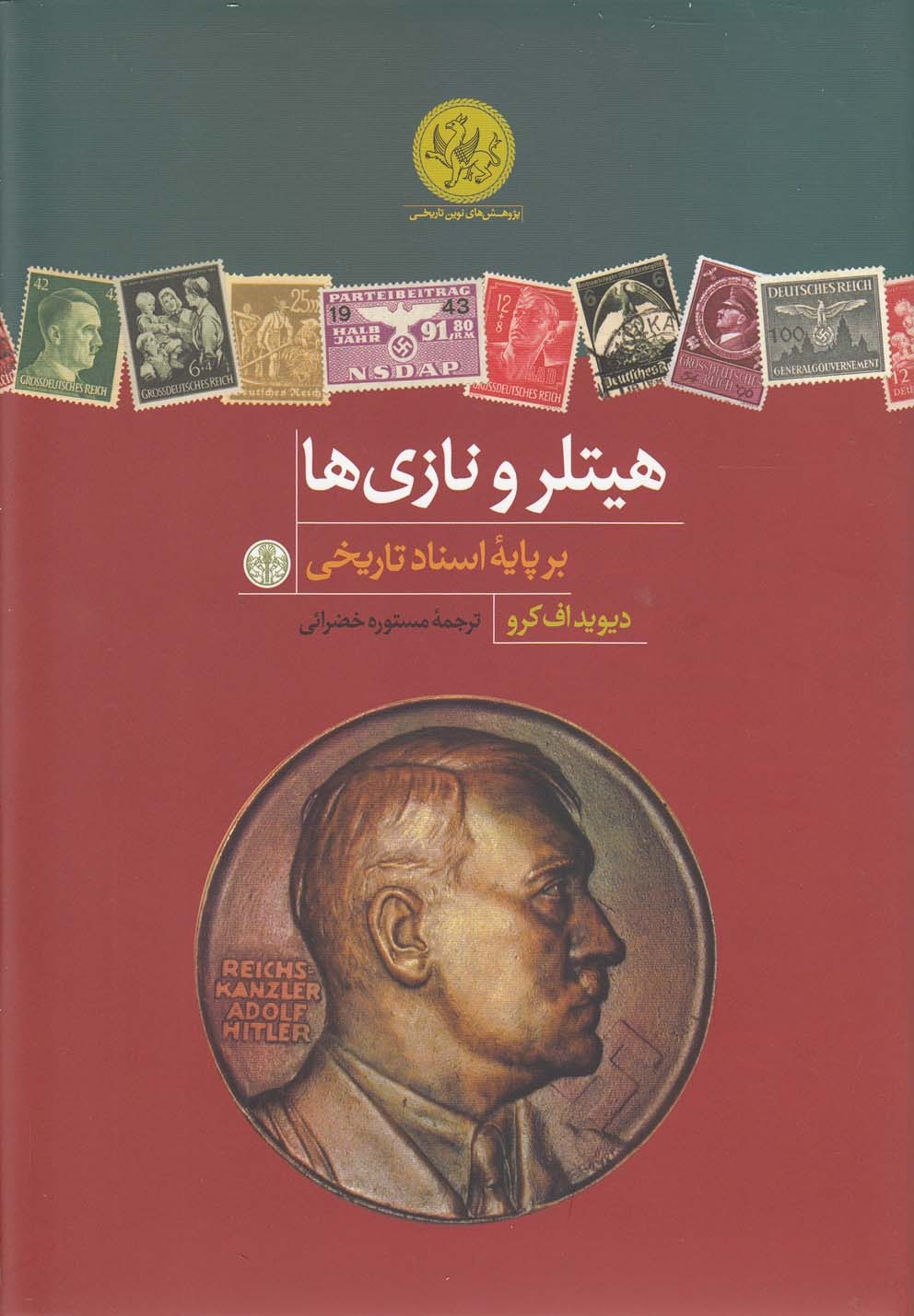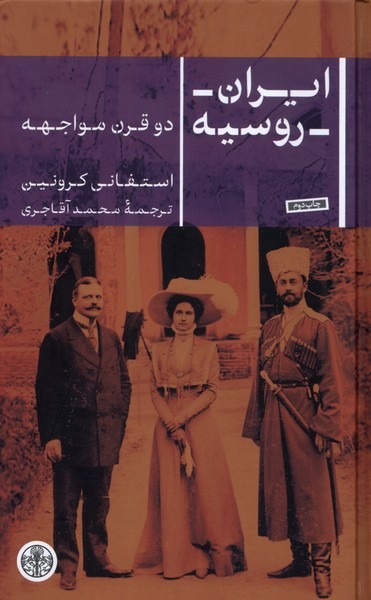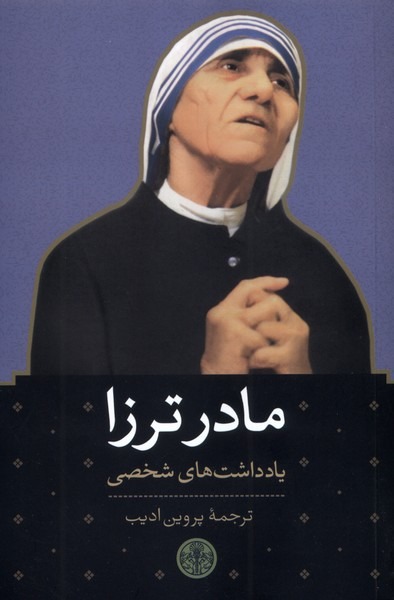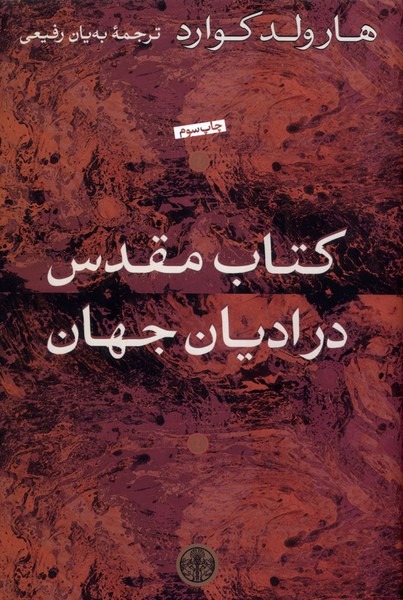Mubārak va Khātūn-i Pardah'nishīn: Persiska (Farsi) 1396
مبارک و خاتون پرده نشین
141 SEK
Dela
Wishlist
Originaltitel:
مبارک و خاتون پرده نشین
ISBN:
9786002532923
Åldersgrupp:
Vuxen
Sidor:
103
Vikt:
100 g
Produktmått:
14 x 21 x 1 cm
Bokomslag:
Pocketbok
Davoud Fathali Beigi's "Mubarak and the Lady in the Curtain" is a prominent work of traditional Iranian black comedy, specifically in the Takht-e-Houzi style. Inspired by Attar Neyshaburi's "The Pious Woman" from "Ilahinameh," the play humorously and critically narrates a moral and social story.
The plot centers on Qavam al-Din, a pious man preparing for Hajj, who entrusts his affairs to his incompetent younger brother. The brother betrays him by falling in love with Qavam al-Din's wife, setting off a series of satirical events featuring the character Mubarak.
"Mubarak and the Lady in the Curtain" employs the conventions of black comedy within traditional Iranian theater. It features the classic dynamic of "Haji" (the ruler) and "Siyah" (Mubarak, the servant). Siyah, symbolizing the suffering populace, uses humor and satire to critique the ruling class and societal conditions. Improvisation, dance, and song are integral to the performance. The narrative shifts between past and present, enriching the storytelling.
First written in 2006 and staged in 2007 and 2008, the play has been repeatedly performed under Ali Torabi's direction and Amir Hossein Shafiei's production, enjoying considerable audience acclaim. Fathali Beigi preserves Iranian ritual and traditional theater by incorporating elements like blackmail, ancient stories, and live music, creating an engaging atmosphere while conveying moral and social messages.
"Mubarak and the Lady in the Curtain" blends humor, social criticism, and moral lessons within a traditional framework, reflecting Iranian culture and art while reviving traditional plays. The play's success lies in its ability to intertwine entertainment with enlightenment. Mubarak's antics and the play's farcical situations prompt reflection on morality, social justice, and abuse of power.
Fathali Beigi's skillful use of Takht-e-Houzi conventions results in a vibrant theatrical experience. Improvisation keeps each performance fresh, adapting to the audience and current events. Music and dance further enhance the celebratory atmosphere, transporting viewers to a realm of playful absurdity and social commentary.
Mubarak, with his blackened face, embodies the resilience of the common people, finding humor in adversity. He voices the marginalized, challenging authority with wit and wisdom. His interactions with the Haji highlight the tension between the ruler and the ruled.
The play explores themes of betrayal, love, and redemption, adding complexity to the comedic narrative. The brother's infatuation introduces a dramatic element, raising questions about desire and ambition. The resolution, often through divine intervention and Mubarak's cunning, offers hope and emphasizes moral integrity.
More than mere entertainment, "Mubarak and the Lady in the Curtain" is a cultural artifact that reflects Iranian society's values and anxieties. By drawing on Takht-e-Houzi and Siyahbazi traditions, Fathali Beigi has created a timeless and relevant work, ensuring the continuation of Iranian ritual theater.
more
کتاب «مبارک و خاتون پردهنشین» نوشته داود فتحعلیبیگی، یکی از آثار برجسته در حوزه نمایشهای سنتی ایران است که در قالب سیاهبازی و تختحوضی به نگارش درآمده است. این نمایشنامه با الهام از حکایت «زن پارسا» از کتاب «الهینامه» عطار نیشابوری، داستانی اخلاقی و اجتماعی را با زبانی طنز و انتقادی روایت میکند.
داستان درباره قوامالدین، مردی متدین و باایمان است که قصد سفر حج دارد. او تمامی امورات زندگی و مغازهاش را به برادر کوچکترش میسپارد. اما برادر که فردی نااهل است، به او خیانت میکند و عاشق زن برادرش میشود. این خیانت، زمینهساز بروز حوادثی میشود که در قالب طنز و با حضور شخصیت «مبارک» به تصویر کشیده میشود.
«مبارک و خاتون پردهنشین» در قالب سیاهبازی اجرا میشود؛ نوعی نمایش سنتی ایرانی که در آن دو تیپ اصلی حضور دارند: «حاجی» یا حاکم و «سیاه» که «مبارک» نام دارد و نقش نوکر را ایفا میکند. در این نمایش، سیاه نماد مردم زجرکشیده و حاجی تجلی اندیشه و حکومت وقت محسوب میشود. تمام لطف سیاهبازی به شخصیت سیاه بامزهای است که با دست انداختن ارباب و اطرافیانش، خنده را به لبهای مردم مینشاند. سیاهی که با شیرینکاریها و شوخیهای خود، نقدی هم بر اوضاع جامعه میزند. بدیههسازی و بدیههسرایی محور اصلی این نوع نمایشنامه محسوب میشده و رقص و آواز نیز در آن وجود داشته است. این نمایشنامه به شیوه روایی نگاشته شده و با تغییر زمان بین حال و گذشته، داستان را پیش میبرد. «مبارک و خاتون پردهنشین» نخستین بار در سال ۱۳۸۵ نوشته شد و در سالهای ۱۳۸۶ و ۱۳۸۷ در فرهنگسرای ملل و تماشاخانه سنگلج به روی صحنه رفت. در سالهای اخیر نیز با کارگردانی علی طربی و تهیهکنندگی امیرحسین شفیعی، این نمایش بارها اجرا شده و با استقبال تماشاگران مواجه شده است. داود فتحعلیبیگی، نویسنده و کارگردان برجسته تئاتر سنتی ایران، با این اثر تلاش کرده است تا نمایشهای آیینی و سنتی ایران را زنده نگه دارد. او با بهرهگیری از عناصر سنتی مانند سیاهبازی، داستانهای کهن و موسیقی زنده، فضایی شاد و مفرح برای خانوادهها ایجاد کرده و در عین حال، پیامهای اخلاقی و اجتماعی را به مخاطب منتقل میکند.
«مبارک و خاتون پردهنشین» ترکیبی از طنز، نقد اجتماعی و آموزههای اخلاقی است که در قالبی سنتی و با زبانی شیرین به مخاطب ارائه میشود. این اثر نهتنها بازتابی از فرهنگ و هنر ایرانی است، بلکه تلاشی برای حفظ و احیای نمایشهای سنتی و آیینی کشورمان محسوب میشود.
more

